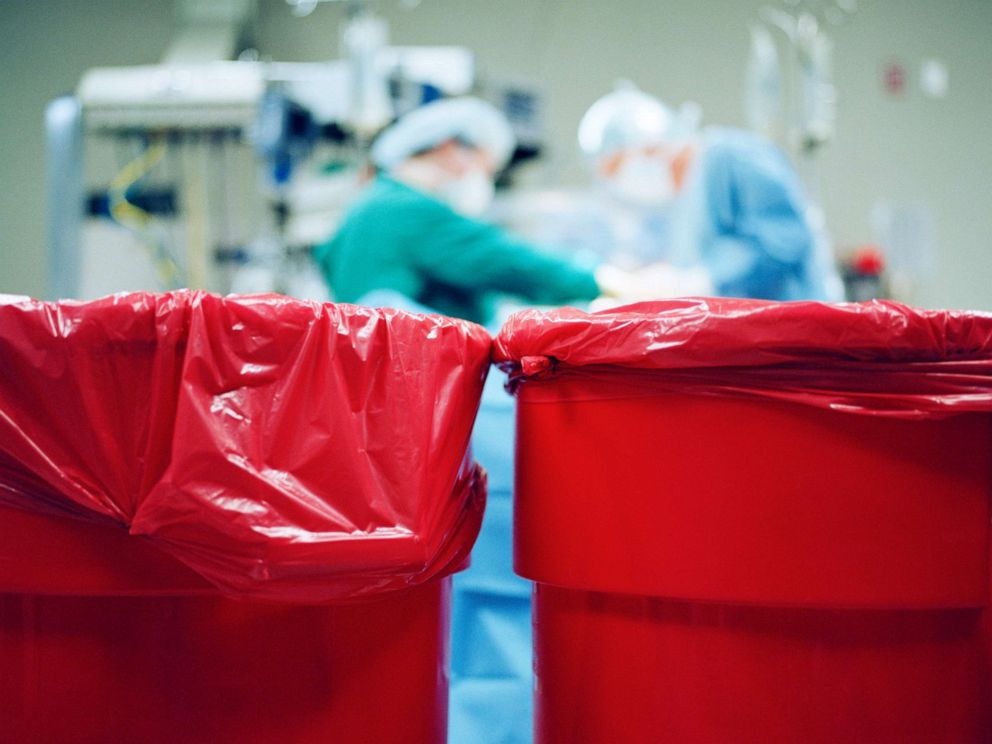A quarter of US health care spending is waste, report says
The highest burden of waste came from administrative costs.
The Department of Health and Human Services and the Centers for Medicare and Medicaid Services reported that U.S. health care spending hit $3.5 trillion in 2017, a 3.9% increase from 2016.
But those increases in spending don’t necessarily translate to better care, because there is a tremendous amount of waste, and a majority of the spending may be tied up in trying to make healthcare more affordable to the patients, according to a new study published in the Journal of the American Medical Association.
The study, by Dr. Natasha Perekh from the University of Pittsburgh School of Medicine and representatives of Humana Health Care, estimates that the annual costs of waste in the health care system ranges from $760 billion to $935 billion.
They claim waste accounts for a quarter of all health care spending.
This waste comes from unnecessary hospital visits, fraud, hospital-related complications, poor outpatient treatment, brand-name medications, and overly aggressive care, to name a few things, the study says.
The highest burden of waste came from administrative costs. Researchers speculated that, ironically, these costs might be resulting from insurance companies’ attempts to lower waste. Does such high waste mean our health care system broken? Can we fix it? And most of all, have our attempts at fixing it made things worse?

Administrative complexities wasted $265 billion annually, the report said. Administrative complexities refer to behind-the-scenes administrative tasks, such as billing, completed by physicians and insurance companies. Government agencies and insurance companies mandate many of these tasks.
“In payers’ [insurance companies, Medicare, Medicaid] attempts to lower costs with measures like requiring prior authorizations for certain medications or procedures, there has actually been an increase in costs on the providers’ [physicians, nurse practitioners] side,” Dr. William Shrank, Chief Medical Officer at Humana and lead author of the study, told ABC News.
Thus there has been a mismatch between insurance companies and health care providers on what will actually decrease costs. This discrepancy has increased waste.
The second-highest category of waste was the high prices of medications, lab tests, imaging, and office visits, which led to $240 billion in waste. Study authors commented that prices are much higher than they need to be due to a lack of transparency and competitive markets in US health care. To this, Shrank states, “No single policy change will address this. We need a thoughtful policy approach to allow the market to function competitively.”
While the results may seem dismal, the study offers an optimistic outlook. In addition to the loss of money, researchers found potential opportunities for saving.
Interventions to decrease hospital-acquired infections and ensure that people have outpatient treatment set up before they leave the hospital already occur. They can be further optimized to reduce waste. Integration of behavioral and physical health, disease prevention initiatives, and expansion of hospice access can also help. The study estimated $191 to $282 billion in potential savings.
Shrank is hopeful about the state of the health care system. “Considering that we have so many good things in our health care system, if we take a more active role to eliminate waste, address affordability, and improve care, we don’t need to fundamentally disrupt the health care system,” he said.
Dr. Saumya Bhutani is a resident in psychiatry in New York working with the ABC News Medical Unit.




